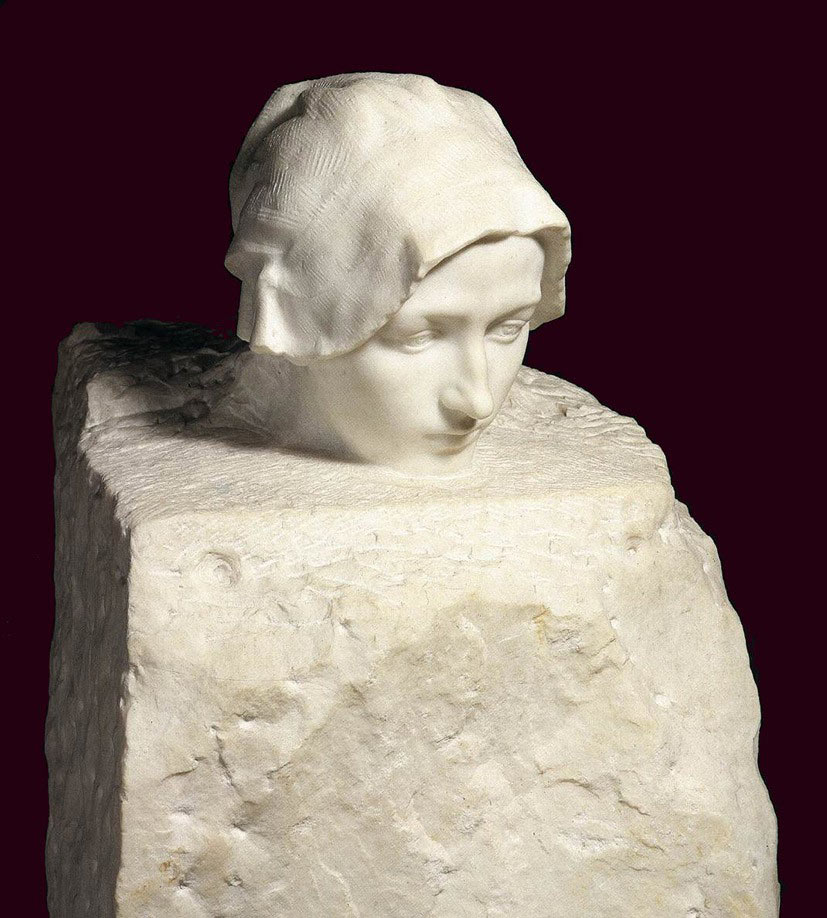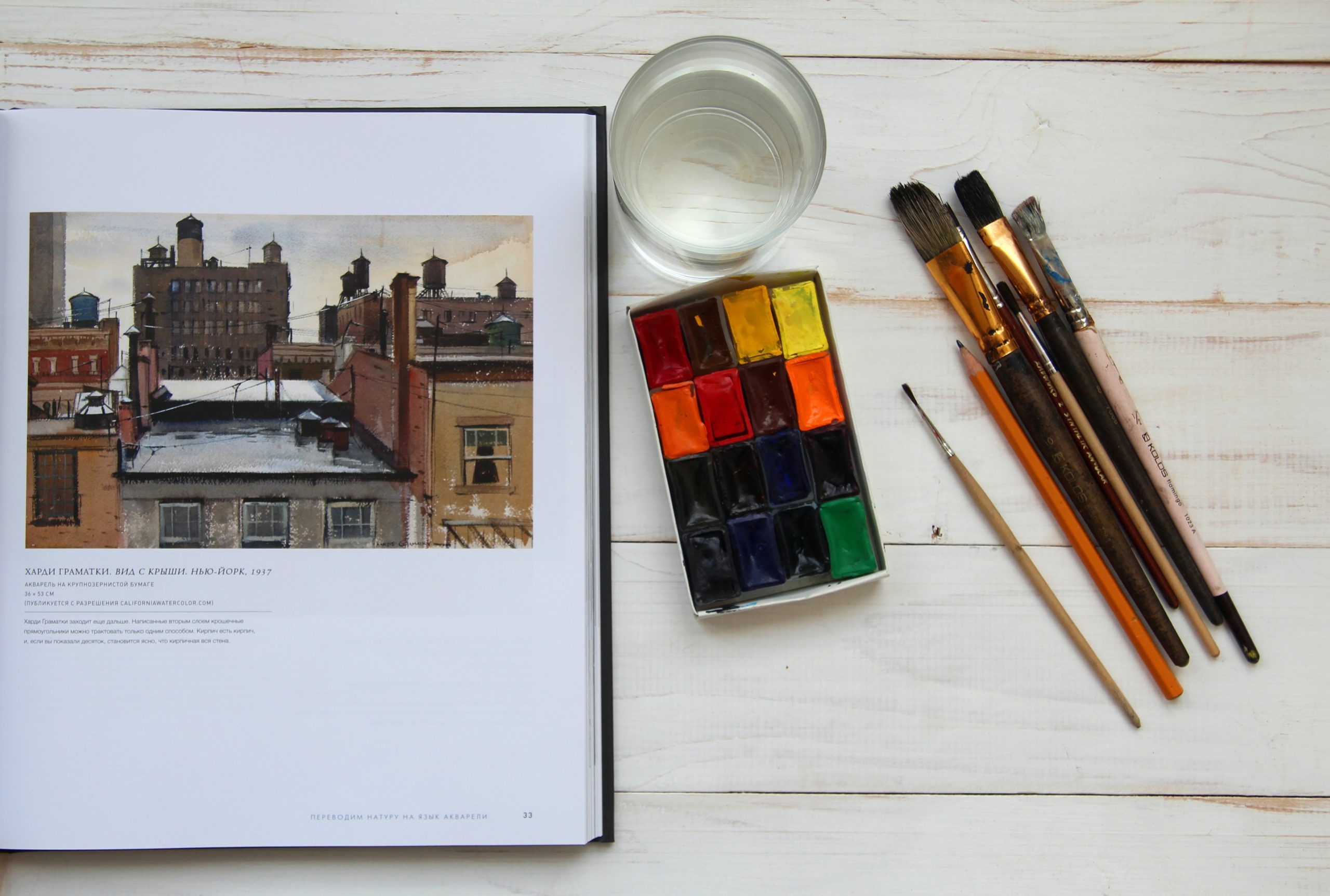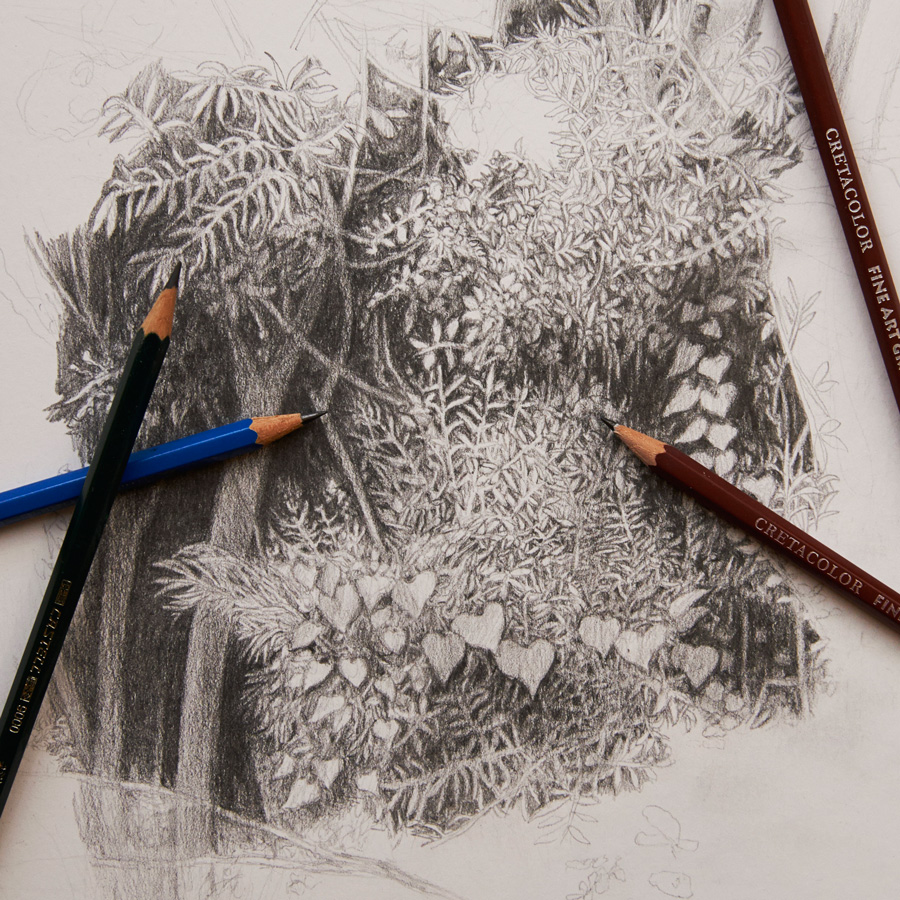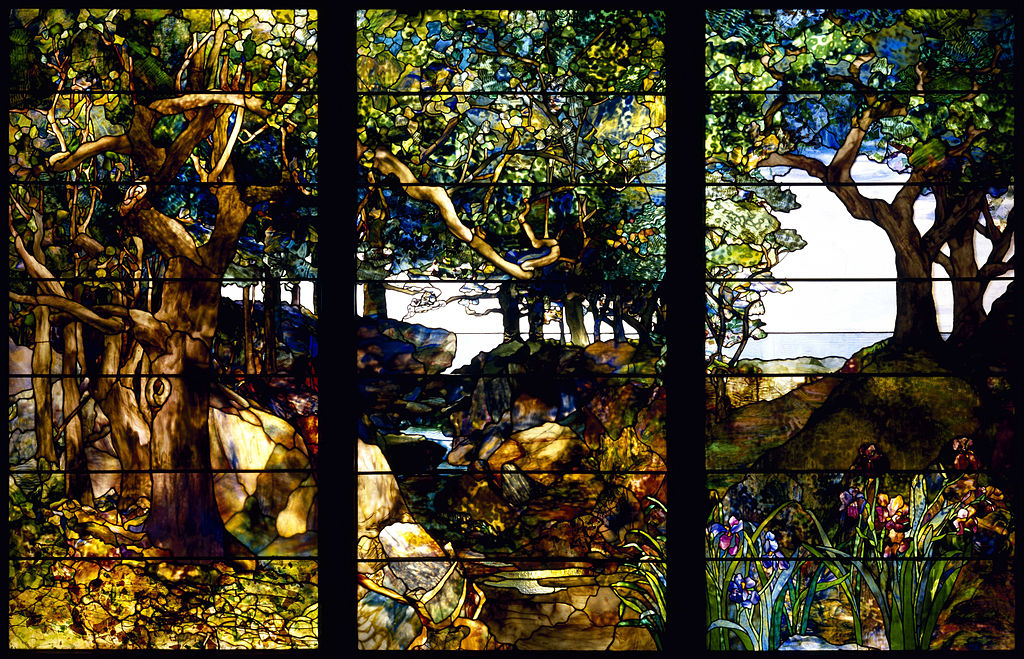"The Story of Art" by E.H. Gombrich: Gombrich unravels the complexity of art with clarity…
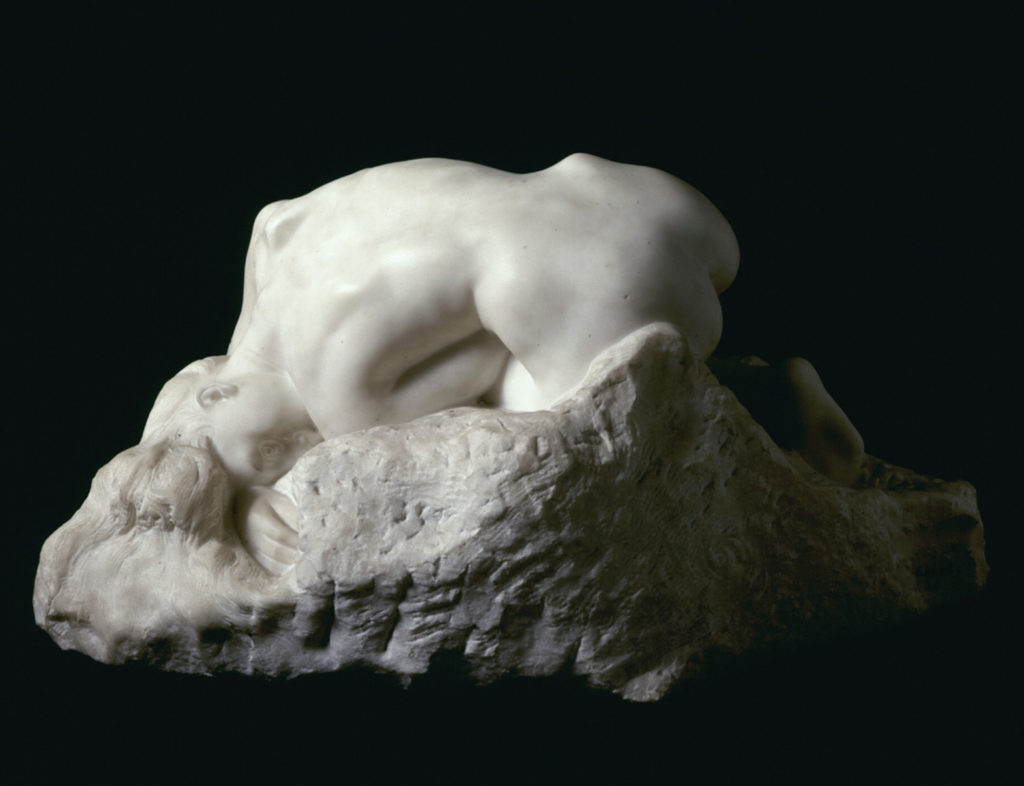
Our Working Method in Sculpture: Auguste Rodin and His Quest for Truth
“When it comes to start working in sculpture, we encounter different methodological approaches based on various conceptions of what art is and what its objectives are.
In our studio we are primarily based on the teachings of the great sculptor Auguste Rodin, combined with other influences such as the Bauhaus.
For Rodin, the foundation of art is Nature, the sovereign teacher and infinite perfection. In it lies the Truth, the beginning and end of his mission.
Observing nature is considered the appropriate path to learning how to see, understanding forms, and what they conceal.
We try to rely as little as possible on plaster copies and two-dimensional models.
The study of plant and animal nature (both human and non-human) reveals the essential: the search for truth and the avoidance of mere decoration or craftsmanship.
We learn to model to later approach more modern or abstract styles: there are no honest shortcuts in art; mastery of technique is essential to express ourselves.
We also avoid creating isolated body parts (an ear, a foot) unless needed as a study exercise for another sculpture.
Our technique is not dogmatic and rigid but the result of experience, and it is useful for those aiming to pursue sculpture professionally as well as for those who enjoy it as a hobby.
While we start from observing and reproducing the human body, it does not mean we limit ourselves to this theme; what we learn is applied to all kinds of works.
We begin the process with three sculptures that allow us to start learning to observe, familiarize ourselves with materials and tools, measure, and understand the system of proportions. From the fourth sculpture onwards, the project is decided with the teacher, always considering progressing in order of difficulty.
HIS METHOD AND REFLECTIONS
The everyday knowledge of the human body, acquired by the ancient Greeks through observing exercises in the gymnasium, discus throwing, wrestling, and running, allowed their artists to naturally speak the language of the nude.
Rodin ensured this by the continuous presence of undressed human beings moving under his eyes. This way, he managed to decipher the expression of feelings all over the bodies.
The face is generally considered the sole mirror of the soul, but there is not a single muscle that does not translate internal variations.
When models strike a pose he likes, he asks them to hold it. He quickly takes the clay and creates a model, then moves on to another with the same promptness.
“I am not at the command of my models, but at the command of Nature.
My colleagues violate Nature, treating human beings like dolls, risking producing artificial and lifeless works. I take the movements I observe from living beings, but I never impose them. I carefully avoid manipulating them into a pose because I only want to represent reality as it spontaneously appears to me.
While modeling reproduces only the exterior, I also reproduce the spirit, which is part of Nature.
I see all the truth, not just that on the surface. I emphasize the lines that best express the spiritual state I interpret.
In the end, the only principle in art is to copy what one sees. Any other method is disastrous. Nature cannot be beautified.”
IT’S JUST ABOUT SEEING.
Undoubtedly, a mediocre man copying will never create a work of art because, in fact, he looks without seeing, dedicating himself to detailing every aspect meticulously, resulting in something flat and characterless.
The artist, on the other hand, SEES: meaning his eye, fixed on his heart, reads deeply into the bosom of Nature.
That’s why the artist only has to believe in his eyes.
What we commonly call ugliness in Nature can become great beauty in art.
In art, only what has Character is beautiful.
There is nothing ugly in art except that without character, meaning something without exterior or interior truth.
In art, what is false, artificial, seeking to be pretty or beautiful instead of being expressive, what is cheesy and precious, what smiles without reason, affected without cause, what arches and wrinkles without reason, everything lacking soul and truth, everything that is just a parade of beauty or grace, everything that lies.
When he lessens the grimace of pain, the greed of old age, the horror of perversion, when he arranges Nature, disguises it, tempers it to please ignorant audiences, he creates ugliness because he fears the truth.
The Greeks, with their powerfully logical spirit, instinctively emphasized the essential but never suppressed live details. Since their rhythms were calm, they unintentionally subdued secondary reliefs, but they never made falsehood a method. They worshipped the flesh.
This explains the incredible difference that separates Greek art from false academic ideals.
Academic simplification is impoverishment, an empty bubble.
“When sculpting, never see forms in extension but always in depth… Consider a surface as the extremity of a volume, like the tip more or less long that moves towards you. This is how you will acquire the science of modeling.
Instead of imagining different parts of the body as more or less flat surfaces, I represent them as the projections of interior volumes. I strove to make every bulge of a muscle or bone that develops deep under the skin felt.”
I have always tried to include some indication of gesture, even in sculptures where the action is less pronounced. I have always tried to show inner feelings through the mobility of the muscles.
The illusion of life is achieved in our art through good modeling and movement.
Movement is the transition from one attitude to another; this is the key to the mystery.
A style that affects to stand out is bad. There is no other good style than the one that forgets itself to focus on the treated object, on the emotion that must completely captivate the viewer.
Study the masters but never copy them; the result is ridiculous.
Undoubtedly, craftsmanship is only a means. But the artist who neglects it will never achieve his goal, which is the interpretation of feeling, of the idea. He will be like a knight who forgot to feed his mount.
If drawing is lacking, if color is false, the most powerful emotion will be unable to be expressed. Anatomical inaccuracies will provoke laughter; this is the misfortune of contemporary artists.
No sudden inspiration can replace the long work necessary to give the eyes knowledge of forms and proportions, to make the hand obedient to all the orders of feeling.
One must possess a consummate technique to conceal what one knows. The greatest difficulty in art is to draw, paint, write with natural simplicity.
We strangely err when we imagine that true artists can content themselves with being skilled workers and that intelligence is not necessary for them.
When a good sculptor models a statue, he must strongly conceive the general movement from the beginning and keep his idea of the whole firmly within the full light of his consciousness.
In conclusion, the purest works of art are those where we find no inexpressive residue of forms, lines, and colors, but where everything, absolutely everything, is resolved in thought and soul.
When the planes of a figure are well placed, with intelligence and decisiveness, everything is done, so to speak; the overall effect is obtained; the final adjustments that come later may please the viewer, but they are almost superfluous. This science of planes is common to all great eras and is practically ignored today.
THE UTILITY OF ARTISTS
Have you ever considered that in modern society, artists, I mean true artists, are almost the only people who perform their work with pleasure?
How happy humanity would be if work were the purpose of existence.
I call useful anything that brings us happiness. There is nothing in the world that makes us happier than contemplation and dreaming.
Undoubtedly, men capable of enjoying beautiful works of art are rare.
But the feelings contained in them end up infiltrating among the people. Other lesser artists take up and popularize the concepts of the masters, and there is a continuous exchange of thought among all the minds of a generation.
TESTAMENT
Avoid imitating your masters. Respect tradition, learn to discern what is eternally fruitful: love for Nature and sincerity.
Constantly question the reality that defends you from blindly submitting to a master.
Everything is beautiful to an artist, for in every being and every thing, his penetrating gaze discovers character, the inner truth that transcends the form.
Work relentlessly.
Above all, cleanly establish the major planes of the figures you will model. Emphasize vigorously the direction you will give to each part of the body, the head, the back, the hips, the legs. Art demands decisiveness.
Because it is through the well-marked escape of the lines that you will enter into space and depth. When your planes are ready, everything is found. Your sculpture is already alive. Details are born and arranged later.
Conceive every surface as the extremity of a volume propelled from behind. All life emerges from a center because it is a germ and opens from the inside out.
Remember that there are no features; there are volumes.
Practice incessantly; you must break the routine.
Art is nothing but feeling. But without the science of volumes, proportions, colors, without the guidance of the hand, the liveliest feeling is paralyzed.
What will the greatest poet become in a foreign country if he ignores the language? In the new generation of artists, there is a number of poets who unfortunately refuse to learn to speak. Thus, they only babble.
Patience! Do not rely on inspiration. It does not exist. The only qualities of the artist are wisdom, attention, sincerity, will. Fulfill your task like an honest worker.
Be true. This does not mean being merely accurate. There is a foundation of accuracy: that of photography and mold. Art begins only with inner truth.
No grimaces or contortions to attract the public’s attention. Simplicity.
The most beautiful subjects are those in front of you: those you know best.
Be a man before being an artist!
Welcome fair criticism. You will recognize it easily. It is the one that confirms a doubt that haunted you.
Do not waste time establishing worldly or political relationships. Some of those artists who do so are very intelligent, and if you fight on their ground, you will consume as much time as they do, that is, your entire existence: you will have no time left to be an artist.
The artist sets a great example.
They love their work; their most precious reward is the happiness of a job well done.
From “L’Art. Auguste Rodin. Entretiens réunis par Paul Gsell”. Les Cahiers Rouges. Bernard Grasset. Paris.2005





